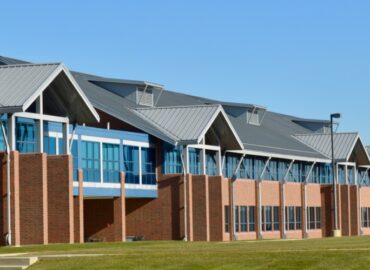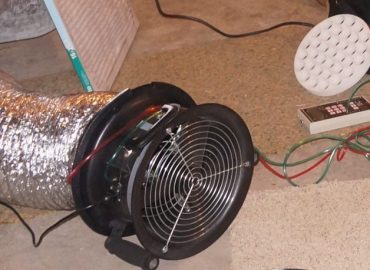Low-income households, minority households, and rental households have a higher energy burden on average. That is, they spend a larger percentage of their income on energy bills compared to medium or high income households. What are some of the factors that cause energy burden, and how has energy burden been impacted by the pandemic?
According to a report by ACEEE and Energy Efficiency for All, the median energy burden for low-income households is 7.2%, compared to 2.3% for non-low-income households. Renters also spend a larger percentage of their income on energy bills compared to home owners, and Latino and African-American households also have a higher energy burden than white households, as shown in the table below.

What drives high energy burden?
High energy burden is driven by economic, physical, policy, and behavioral factors, as summarized in the table below. People with high energy burden often live in older, less efficient housing. Though low-income, minority, and renter households have smaller square footage on average, their homes have a higher energy use intensity. Their homes are often poorly insulated, with older and poorly maintained HVAC systems and appliances. In addition, low-income households may not have the up-front capital to engage in energy efficiency projects that could save them money in the long run. Some policies also make it difficult to access energy efficiency programs, and lack of awareness can prevent people from participating in energy efficiency programs as well.

How has energy burden been impacted by the pandemic?
The economic impact of the pandemic has been severe for low-income, African American and Hispanic households, which has exacerbated their energy burden. According to a survey by the Pew Research Center in April 2020, 61% of Hispanic Americans and 44% of black Americans indicated that they or someone in their household had experienced a job or wage loss due to the pandemic, compared to 38% of white adults. The survey found that 73% of black and 70% of Hispanic adults said they “did not have emergency funds to cover three months of expenses,” while only 47% of white adults said the same.
This loss of income makes it challenging to pay energy bills. The Pew Research Center found that 48% of black adults, 44% of Hispanic adults, and 26% of white adults indicated that they had trouble paying bills now, compared to a more typical month, where trouble paying bills was 46%, 28% and 20% respectively. These economic difficulties come at a time when people are spending more time at home due to social distancing guidelines, leading to higher energy bills. Drehobl, in an ACEEE blog post, calls this a "perfect storm": Income is being reduced just as energy bills are increasing. She notes that residential electric usage increased 15-20% in the early months of the pandemic, just when job losses were skyrocketing. These factors compound to create an even higher energy burden for households that were already burdened by high energy bills.
Energy efficiency: the long term solution
While short-term bill assistance can help reduce energy burden temporarily, energy efficiency solutions are crucial in the long term. Now is the time to invest in energy efficiency, especially for people with high energy burden. Energy efficiency saves residents money for times like this when they need it most. It can reduce energy burden and create healthier, safer living environments.





